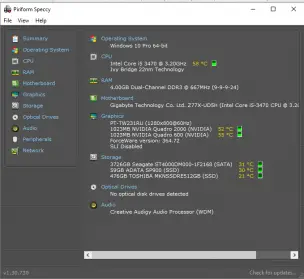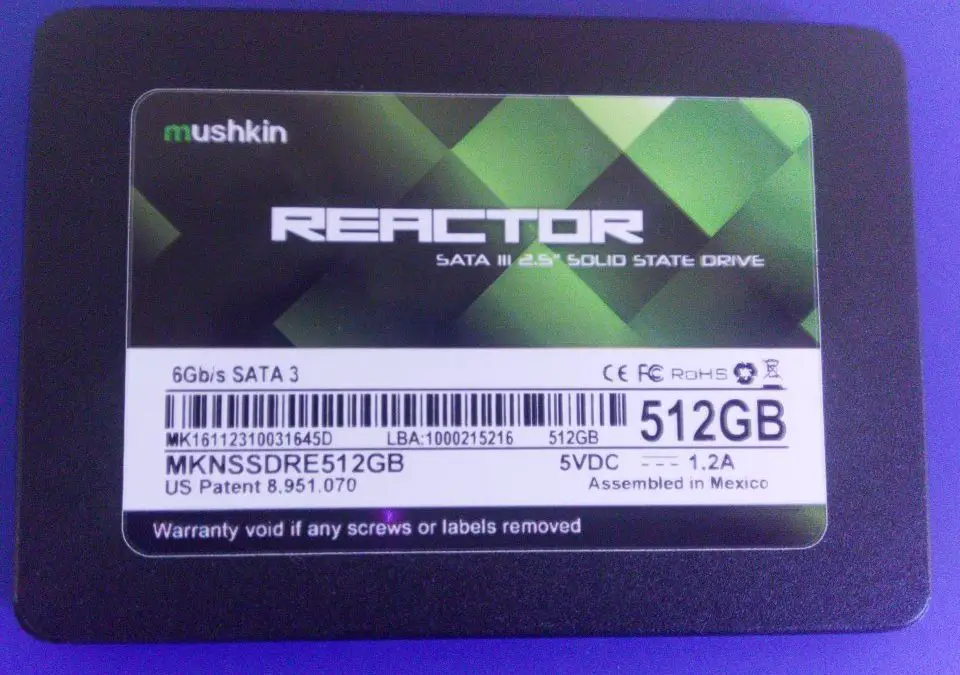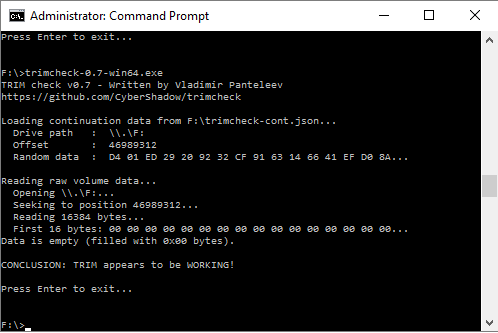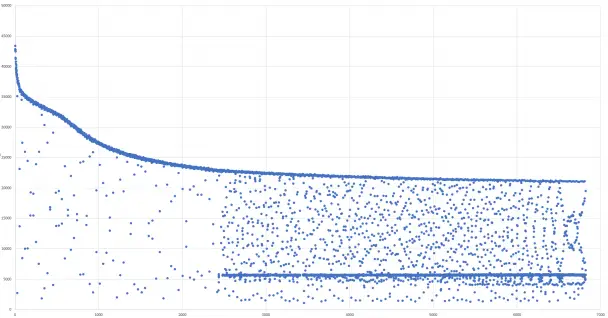Mushkin 512Gb Reactor Sata SSD Review
Today we have a first for Pocketables, and something that will not be our last, a full SSD review. Mushkin has provided for review a 512GB Mushkin Reactor 2.5 inch SATA SSD. While admittedly an older design being first available in early 2015 the Reactor still serves as an excellent example of a mid to high end consumer SSD. This drive is built using micron 16nm MLC nand and silicon motions very popular SM2246EN controller, this controller has been well tested and revived in several SSD’s including micron’s own BX100(which used the same nand) that overshadowed it’s own replacement the substantially less popular BX200.
Our Test System and Procedure

Our test system isn’t going to set any records for cpu capability but it’s sufficiently equipped for SATA based ssd testing, the platform is a gigabyte Z77 motherboard equipped with an i5-3470, The Intel SATA6 ports are used in testing both as they offer consistently impressive performance regardless of generation as well as being the most commonly available port for most users. The system is running windows 10 Professional and was under no load(AV disabled) for all tests. Testing will consist of ATTO first as it’s the manufacture stated test method for their numbers and then crystal disk mark to set expectations for rest of the tests which will consist of Anvil, AS SSD, PCmark and a custom IOmeter consistency test.
The Reactor Itself
The packaging of the drive is minimalist a simple blister pack with an info card, and the drive itself. The info card was clearly designed to be reused for multiple capacities as no performance or capacity information is printed on the card although capacity is clearly printed on the drive itself as well as the sticker on the back. Examining the drive itself although some cost cutting choices are visible they still leave the drive with a premium feel, the shell is entirely metal as opposed to plastic as I’ve seen on some drives, the SATA connector itself is an interesting combination of ingenuity and cost reduction using the PCB itself as an edge connector similar to a PCI card it manages to reduce points of failure(no soldered connector) while reducing cost at the same time, something I’m surprised no one else has attempted considering how… obvious of a solution it is once you see it in your hand. The table below summarizes the manufacturer listed specifications although an endurance rating is missing I’ve reached out for an official number however a conservative estimate would put it at 288TBW(the bx100 only listed a single 72tb rating for the entire series despite the smallest 120gb drive having far less nand to work with) and from observation the wear level indicator hasn’t changed from 100 after 8TB worth of host writes on my sample.
| Capacity | 512GB |
|---|---|
| Controller | SM2246EN |
| Firmware | O1026A |
| NAND | Micron 128Gbit 16nm MLC |
| Sequential Read | 560 MB/s |
| Sequential Write | 460 MB/s |
| 4k Random Read | 71,000 |
| 4k Random Write | 75,000 |
| Temperature range | 0-70°C |
| Dimensions | 7mm X 69.85mm X 100.5mm |
| Endurance | Unlisted (1.5 million hour MTBF stated) |
| Warranty | 3 years |
ATTO 3.05
We start off with ATTO Disk benchmark, ATTO is provided by ATTO technology a designer of fiber channel and other high performance storage devices. This was selected as it was Mushkin’s choice to provide their marketing numbers(albiet an older version) overall we see good data out of this, Read speeds are slightly higher than the listed specification and peak at a 512kb test size reaching 564MB/s unfortunately writes come in a tad lower peaking at 438MB/s with the 32kb test size although that could be related to using a newer version of ATTO(if anyone has a link to 2.46 I’ll gladly test that theory) we’ll see this trend continue in later tests. This is a good first impression. Meeting the manufacture read spec although this does highlight what had become a common trend with SATA drives is that the interface itself is a limiting factor.
Trim Check
Trim is a requirement for maintaining the performance of any modern SSD and informs a drive which blocks are no longer in use by the file system allowing them to be flushed during garbage collection, as SSD’s have program and erase as separate operations, this helps maintain performance by avoiding degradation as blocks are used. Fortunately most modern operating systems include support for this command as do most ssd’s at this point. As expected the Mushkin Reactor comes back with full support of the command ensuring consistent performance as it ages.
Crystal Disk Mark 5.1.2 x64
Up next we have Crystal Disk mark another canned benchmark and a very popular one, we use it in our reviews of lower performance memory products as it’s all inclusive for both sequential and random data. We run our tests using random (incompressible) data as some controllers(see sandforce) use compression to minimize writes and improve performance. Overall this isn’t the most exciting showing in the world of M2 NVME drives but it’s solid performance. We do see the second showing of the above spec sequential read speed that ATTO showed us with 562MB/s at a queue depth of 32 and even a strong showing of 530MB/s sequentially at a Queue depth of 1. Write speed appears unaffected by queue depth however peaking at 430MB/s in both scenarios. We finally have some random numbers in this test which are fairly robust for a non enterprise drive.
Anvil
Probably the single most comprehensive canned benchmark Anvil’s storage utilities which tests multiple queue depths and access types all with a single button press, write speeds come in at 414 sequentially, lower than other tests so far but all around solid performance, we do see 4k random performance scaling with queue depth, an important note here is that the QD4 results indicate a typical consumer performance ceiling as even prosumer level workloads rarely scale past that.
AS SSD
AS SSD utilizes incompressible data exclusively in its testing and also reports access times, something missing from most of our other tests and these come back as expected for an SSD superb, the reported performance falls a bit short of prior tests likely due the different test sizes, AS SSD also includes a convenient file copy benchmark showing us what we can expect when moving a variety of data types around on the drive itself.
PCmark 8
PCmark 8 includes a variety of real world scenarios using predetermined runs of real world software of which it records the time required to complete them and reports them. Individual times are reported per application in addition these are all used to calculate a total throughput.
Consistency Test
I know this graph might look a tad imposing at first but the procedure behind them is time tested and demonstrates how a drive responds to a sustained workload. The drive is bombarded with 4k random writes at a queue depth of 32 until it reaches what is referred to as “steady state” at this point we observe how the controller and nand act under their worst case scenario(dirty nand and no time to recover). This test is run for two hours which is more than sufficient to push a drive like the Reactor into steady state. The results here are impressive and although not perfect(this isn’t an enterprise drive) We see the Reactor bounce between ~6000 and ~25000 Iops once we reach steady state although there are more outliers in the 100s of iops than I’d like if I was considering this drive for enterprise workloads, I’d be curious to examine how the larger Reactor(1tb) responds with additional nand to work with. An important takeaway here however is that we do have better performance than traditionally seen with non Samsung TLC drives which are currently flooding the market most of which unfortunately fall flat once exhausting their SLC buffers.
Pricing and Final Thoughts
Although lacking in comparison drives this review lives in an unfortunate vacuum we can draw a few conclusions from what our testing reveals, we have what has been a very impressive drive considering the recent flood of TLC based products in the market and it has competitive pricing, although lacking some of the software features of other drives these are easily replaced with freeware when looking at the suite included with Micron or Samsung drives. That pricing I mentioned by the way is currently 147.99 for the 512Gb model which we reviewed, a solid $20 dollars less than Samsung’s 850 evo at 169.99 an even greater price disparity exists at the 1Tb class drives with the 1Tb Reactor coming in at 249.99 a full 60 less than the evo at 309.99 (that’s enough to buy one of the smaller ~120gb NVME drives in addition to the reactor) and I’d expect even better performance out of the larger drive especially on the write portion of testing. This puts the Reactor in a great position in the market offering more consistent performance than the TLC drives below it and coming in cheaper than the market leading 850 evo who’s largest advantage is replaceable software. As a fabless manufacture Mushkin has managed to produce a compelling drive and beaten the market leader on pricing, an unquestionably impressive feat.







